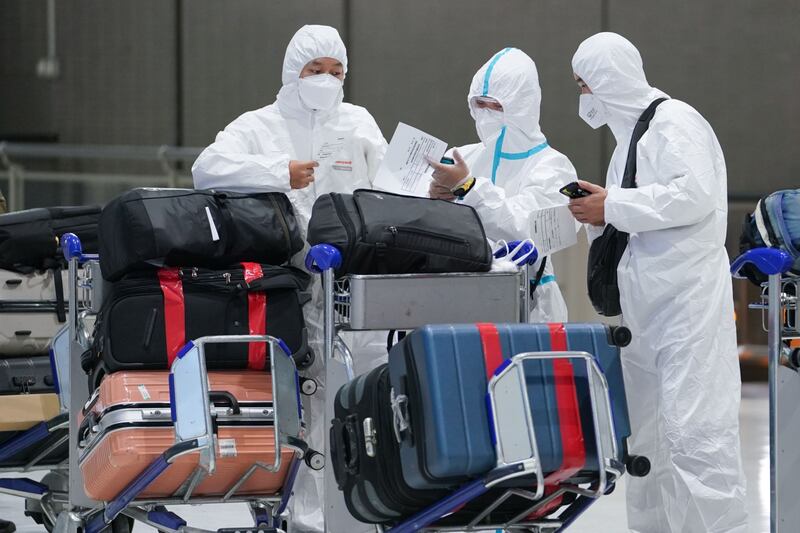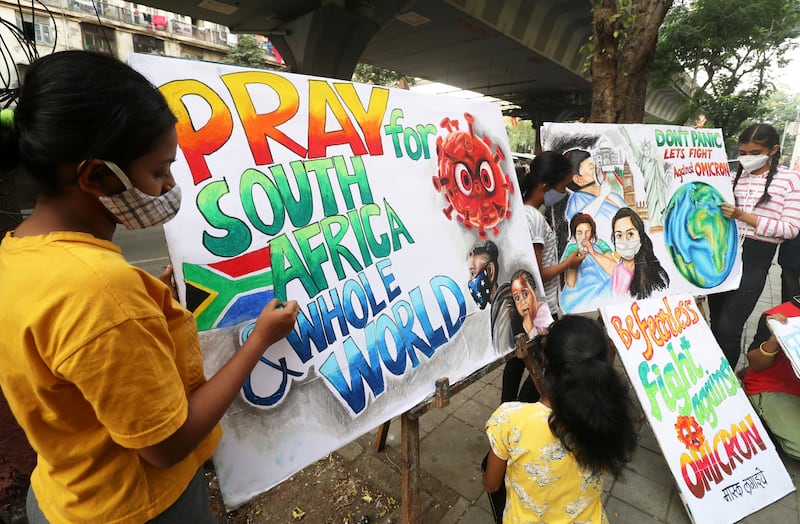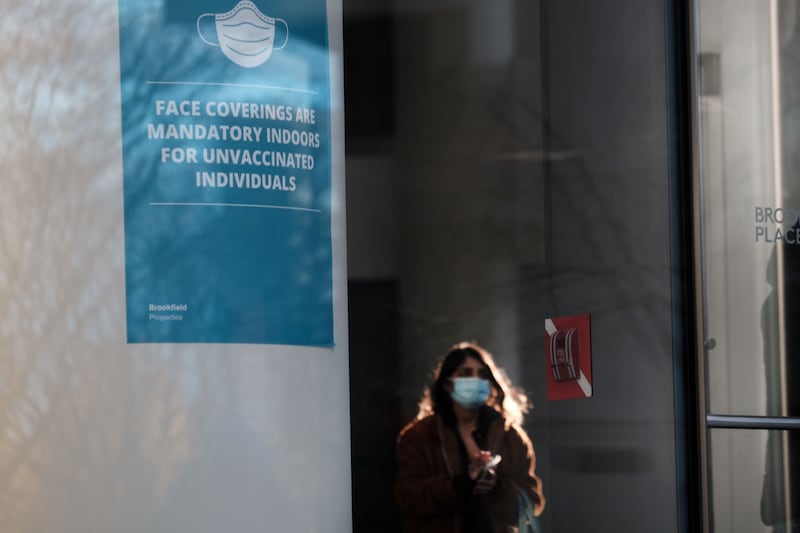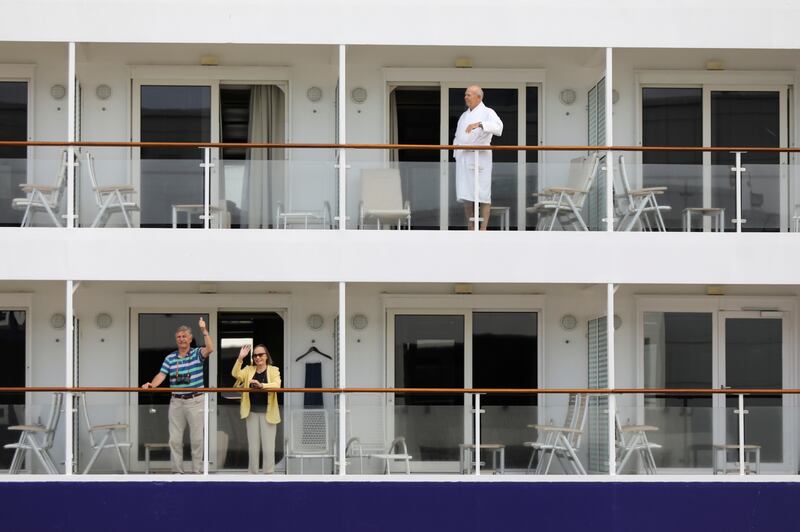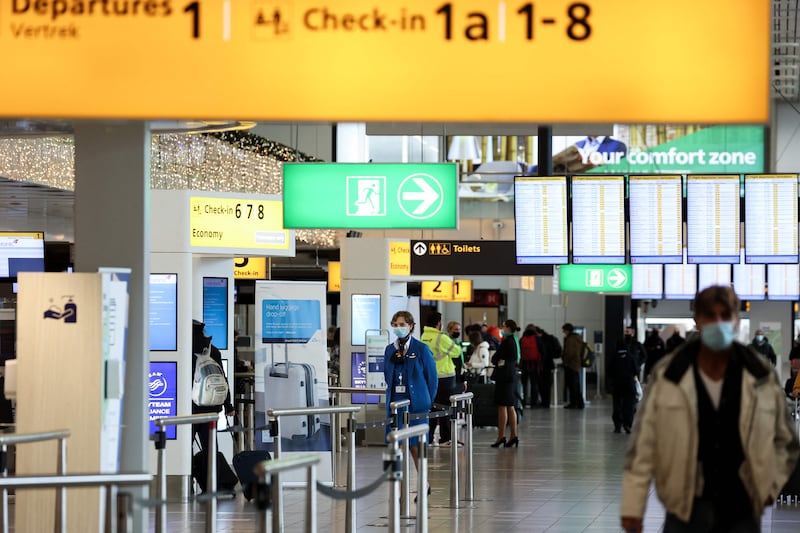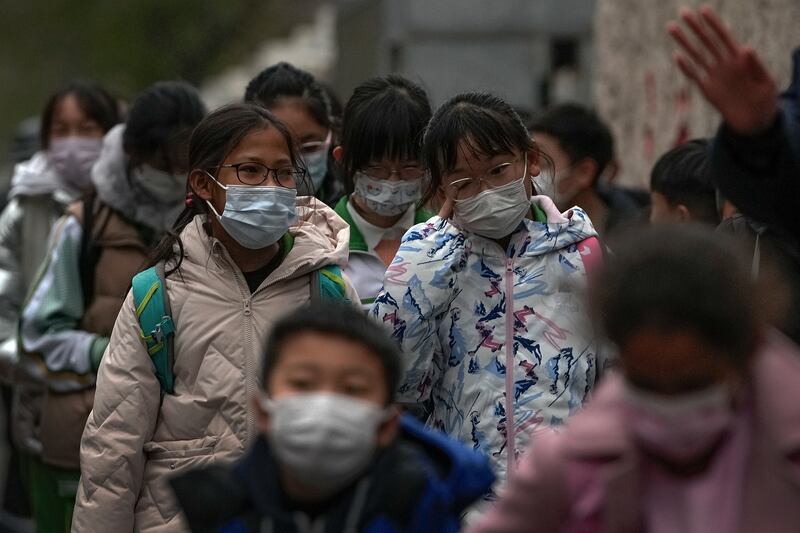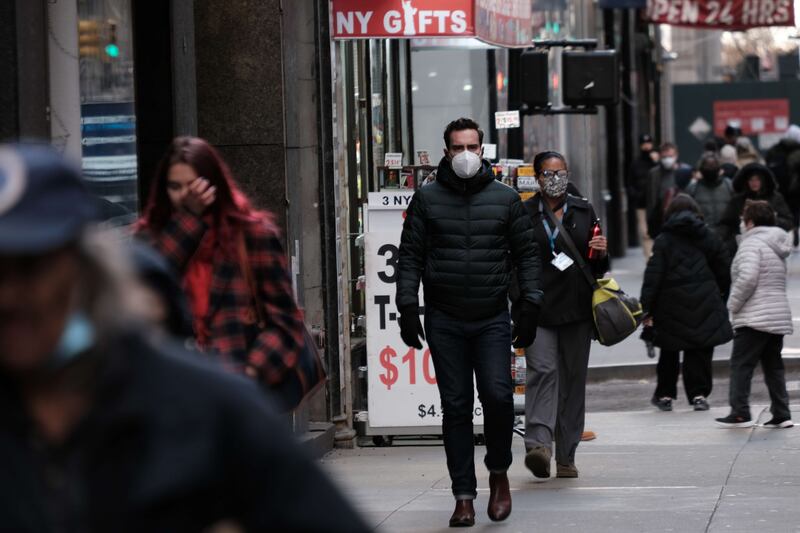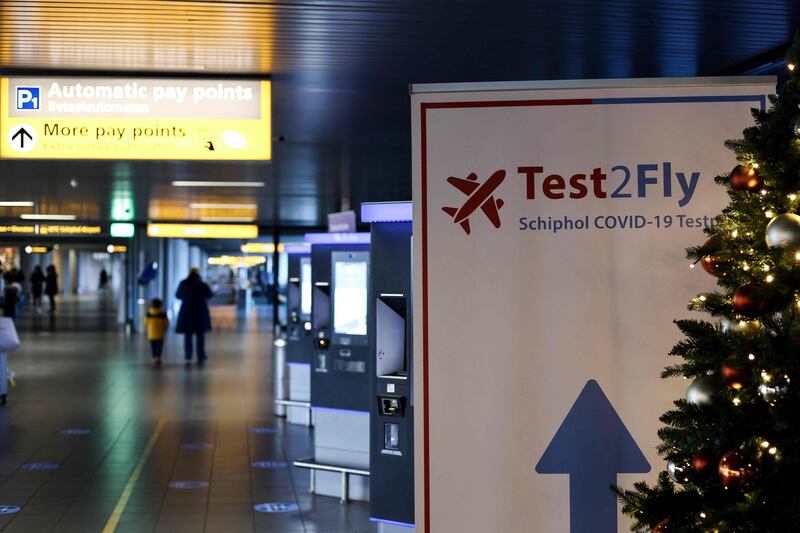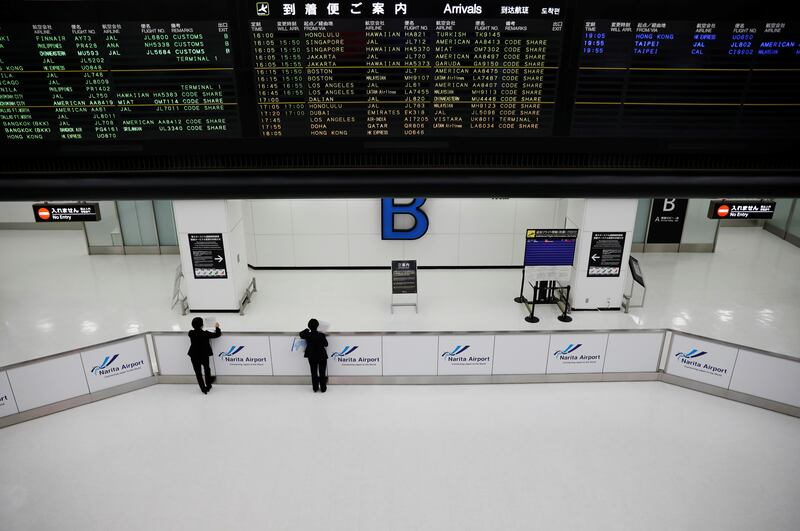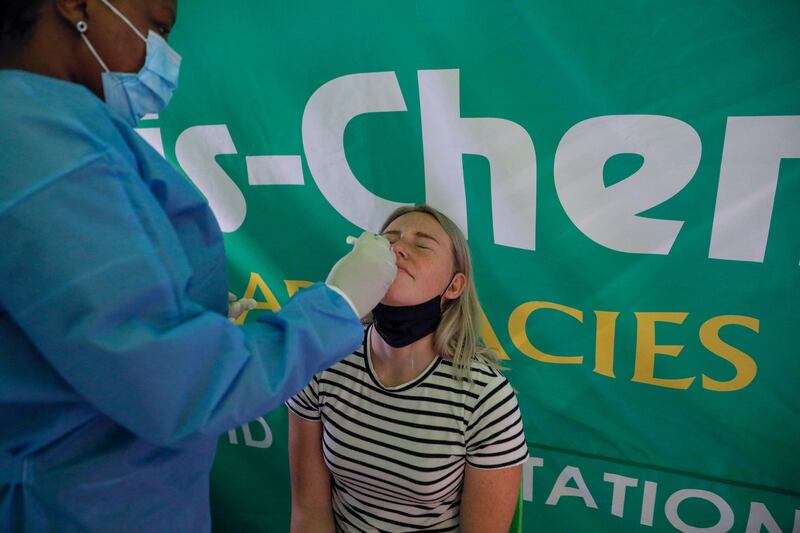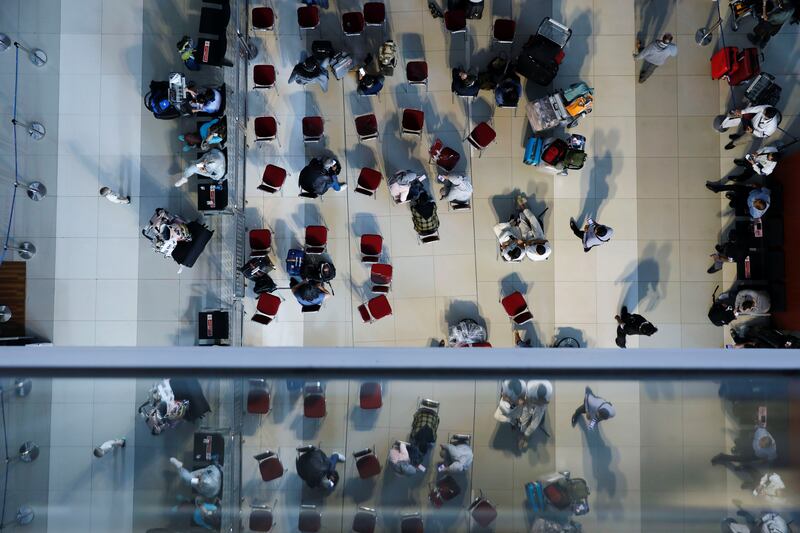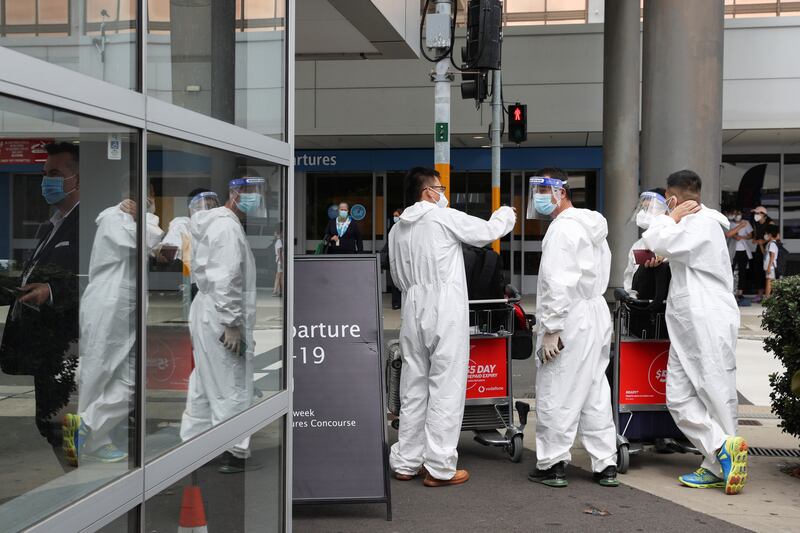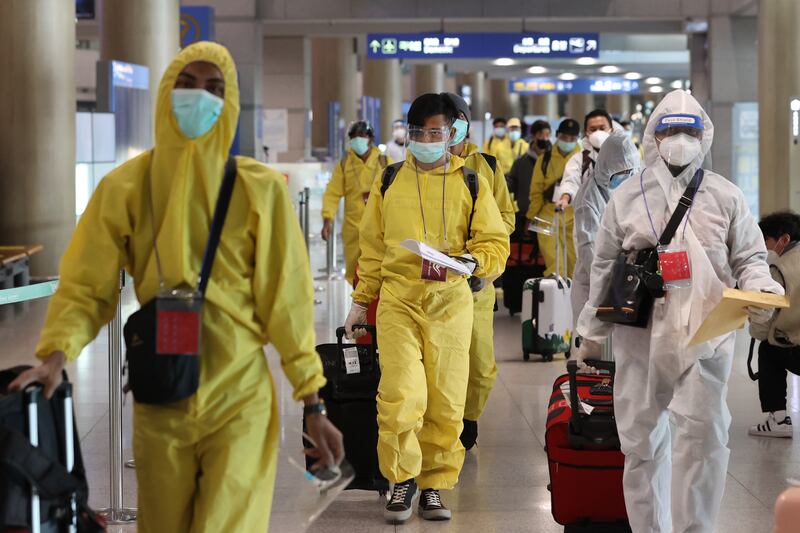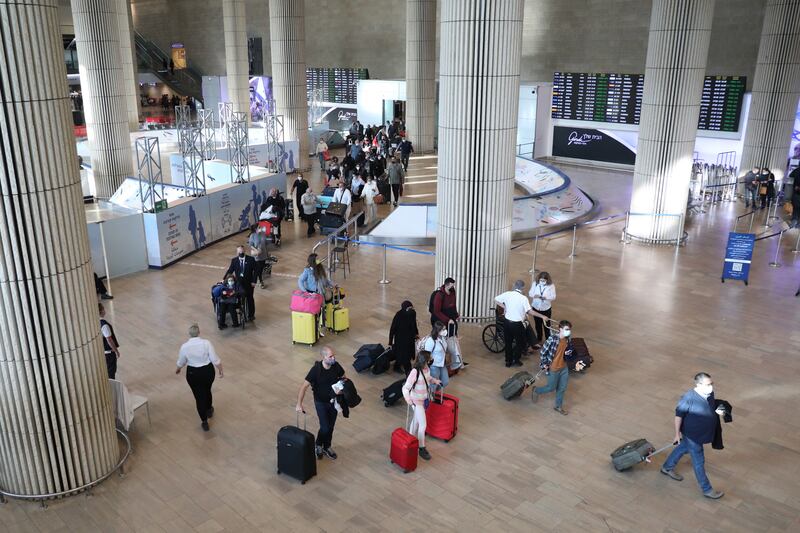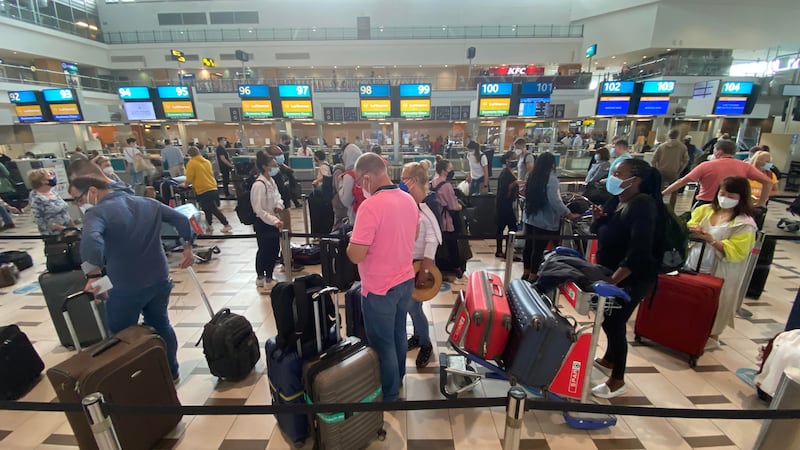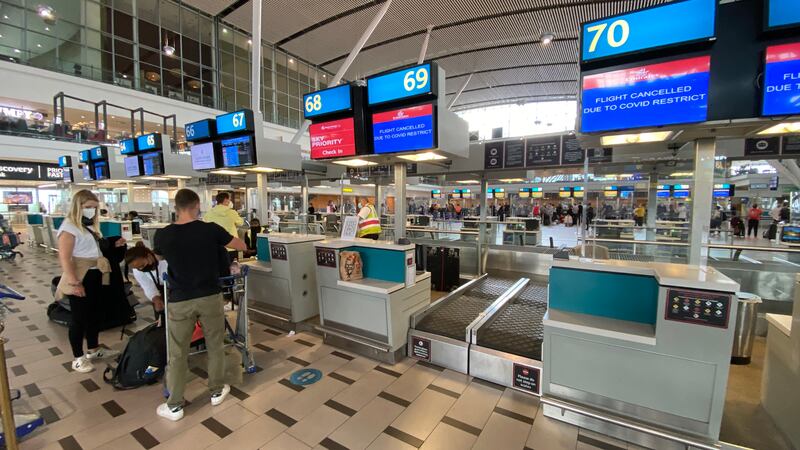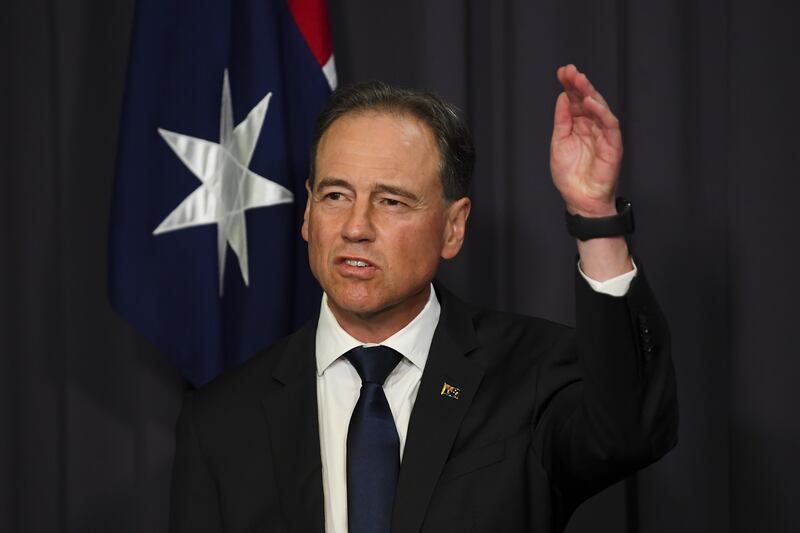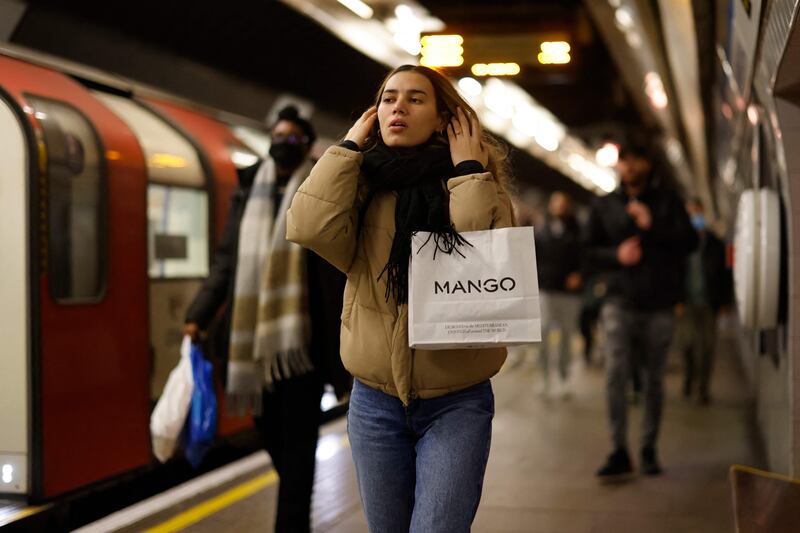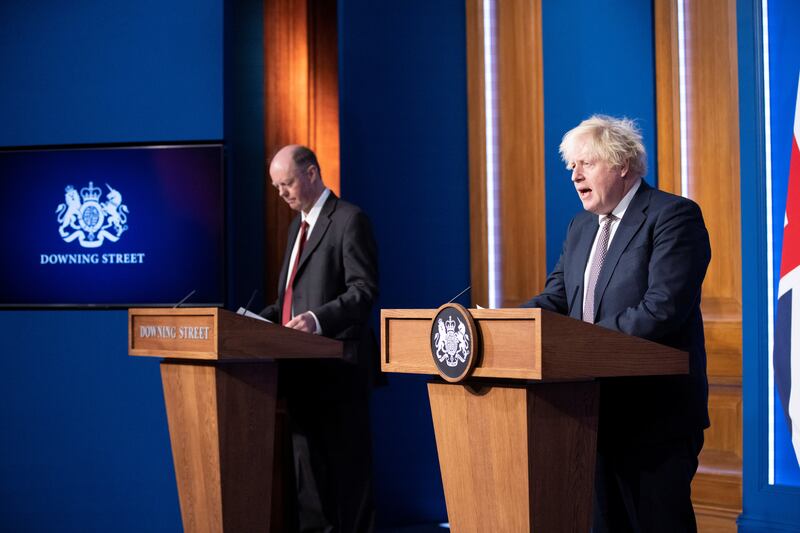From sweeping “zero covid” border shutdowns to restrictions on travel to and from southern African countries, travel bans are once more gripping the world.
At least 15 countries have new restrictions in place as fears grow that the Omicron variant of the coronavirus could be more transmissible than the more common Delta strain.
Even if the virus does not worsen illness among infected people, higher case numbers through increased transmission could still place unbearable strain on hospitals around the world this winter.
But on Tuesday, Nicholas A Christakis, a professor of social and natural science at Yale University, suggested that travel bans could only buy time and could be too little, too late.
“We may assume Omicron is everywhere and that border closures are of little use,” Dr Christakis said, referring to analysis that the variant could have emerged about a month before it was identified.
That has now been confirmed by the news that the Netherlands detected Omicron in samples from Covid patients on November 23, prior to an announcement by officials that it had entered the country on Sunday on a flight from South Africa.
The World Health Organisation appears to concur with Dr Christakis, urging caution where border closures were concerned.
“Travel restrictions may play a role in slightly reducing the spread of Covid-19 but place a heavy burden on lives and livelihoods,” Matshidiso Moeti, WHO’s regional director for Africa, said on Monday.
“WHO is correct to advise that travel bans may delay but will not prevent the arrival of any more transmissible variant than Delta,” Mark Woolhouse, professor of infectious disease epidemiology at the University of Edinburgh, told The National.
“This is a well-established epidemiological principle and has been demonstrated by the spread of the Delta variant worldwide, regardless of countries' policy regarding international travel,” he said.
All it takes for a variant to take hold in a population is a small number of cases, Dr Woolhouse said.
Those infected with a potentially more transmissible variant could in theory arrive in a country before the variant is identified by health authorities.
“Epidemiological studies of this pandemic so far have demonstrated that travel has little or no impact on the size of a country's epidemic. This is because if the 'R' number is greater than one then even a handful of imported cases is enough to start a wave,” he said.
What are the symptoms of the Omicron variant?

The 'R' number is the average number of cases generated by one person infected.
That seems to have been the case in the UK, which banned travel to and from India on April 23, a country in the grip of the virulent Delta variant.
The variant at the time of the ban was “of concern” to the WHO and had been present in the UK since March 8, when a case was identified. Despite the ban, Delta overwhelmed UK health services.
Buying time
“It’s becoming clear that Omicron is already spreading in communities outside southern Africa. Travel bans are a blunt instrument. They can buy time but are of only limited effectiveness,” said Martin McKee, professor of European public health at the London School of Hygiene and Tropical Medicine.
He said such bans were only one tool in an arsenal of anti-coronavirus measures that need a more systemic implementation.
“It is more important to make travel as safe as possible. This means pre- and post-travel PCRs, but this must be with tests that pick up the Omicron signature, the S Gene Target Failure," he said, referring to a unique genetic characteristic of the virus.
“However, border defences will never be enough alone so, in the face of this new variant, countries must reinforce their testing and tracing systems and non-pharmacological measures such as better ventilation and mask-wearing,” he said.
